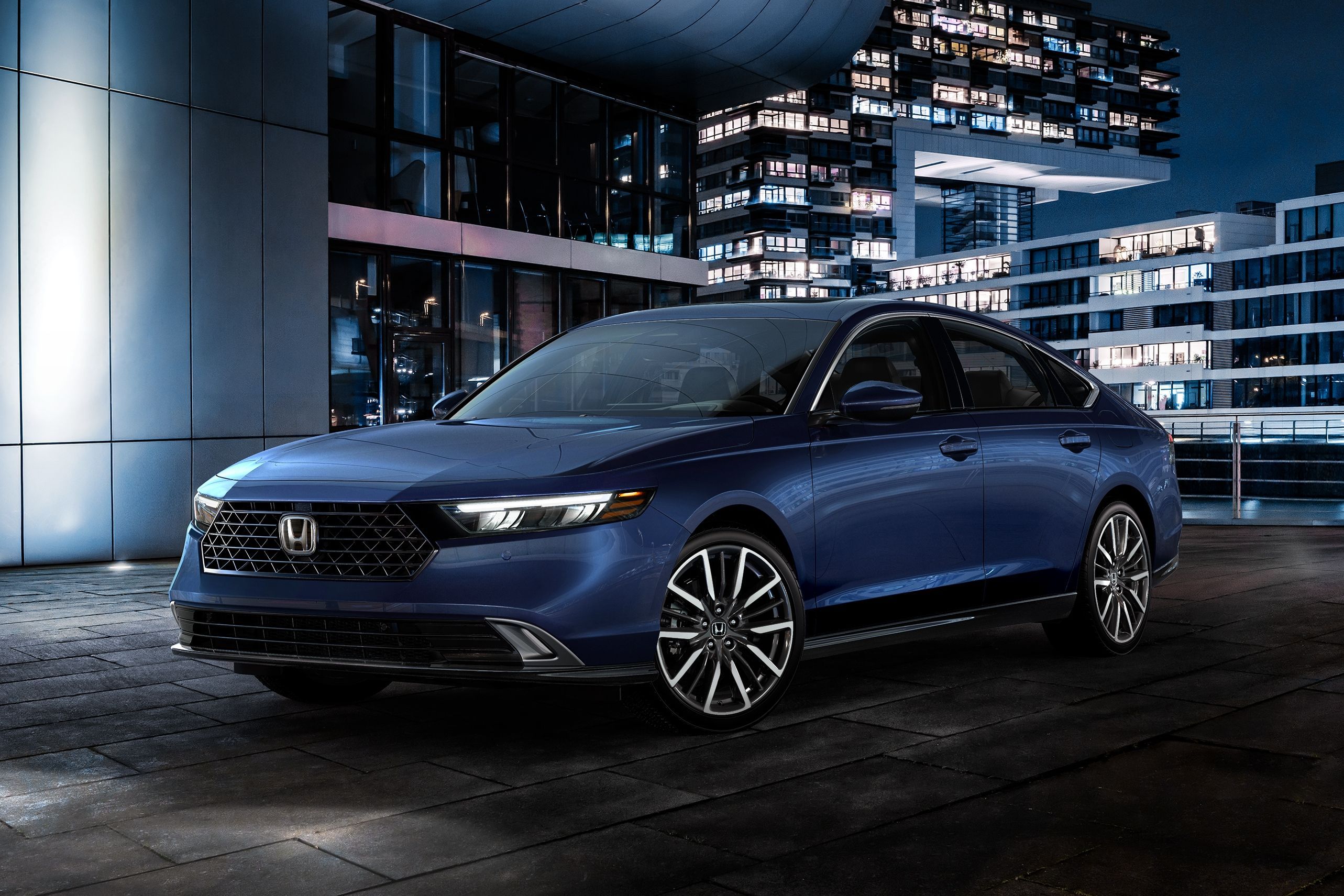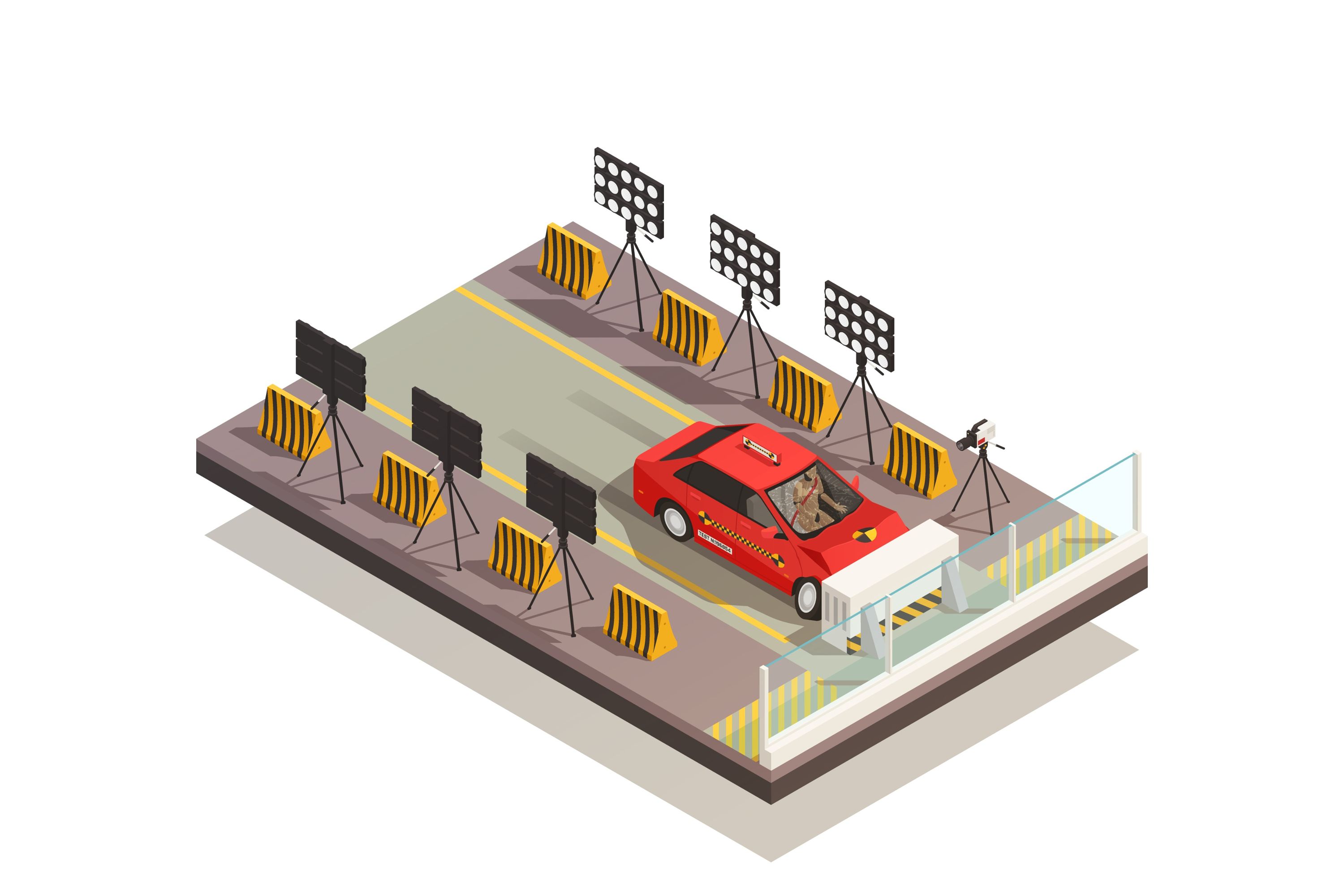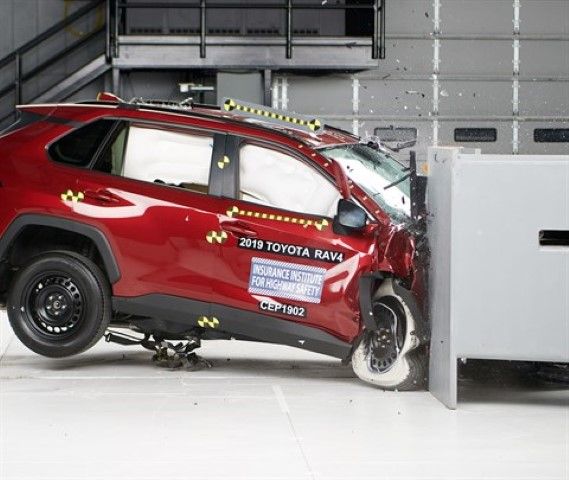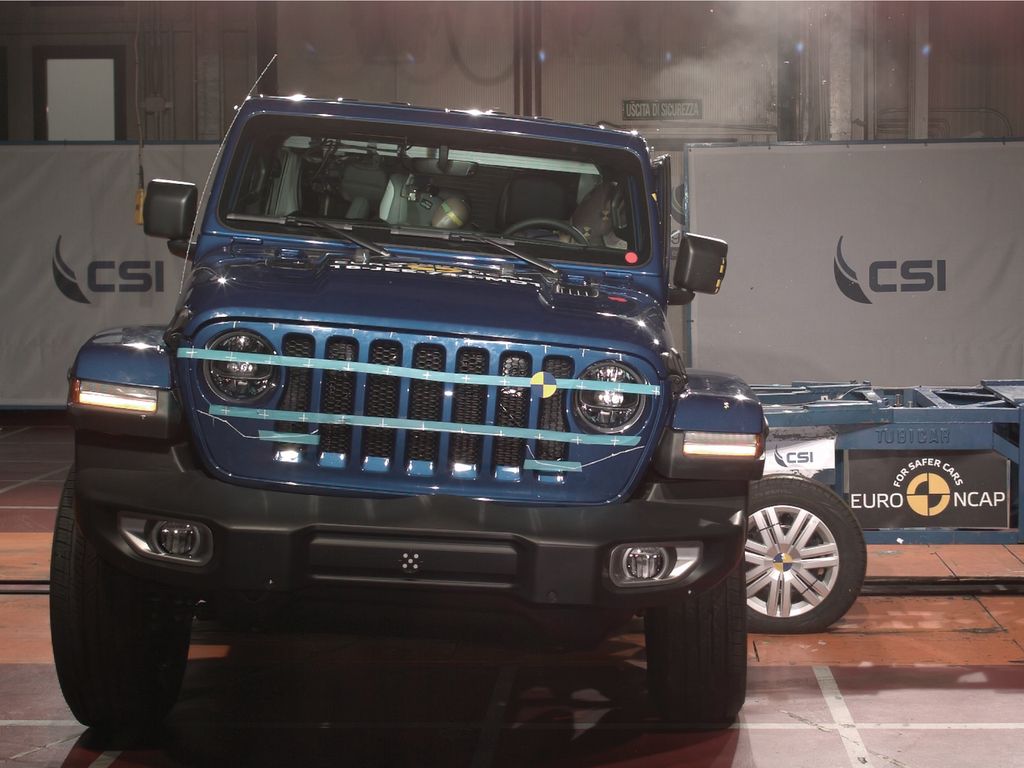Is there really such a thing as the safest car in the world? Anytime you get behind the wheel, you are taking a risk, but automakers, and safety agencies, are constantly striving to improve your odds. However, the way these institutes calculate vehicle safety ratings and crashworthiness can be tricky. Nevertheless, it's something you need to know to help ensure that you buy from the safest car brands when shopping for yourself or your loved ones.
The yearly death rate of people in traffic accidents today in the US averages around 40,000, so we'll look at the tests done by the two most well-known safety bodies in the US, the Insurance Institute for Highway Safety (IIHS) and the National Highway Traffic Safety Administration (NHTSA), and how their car-safety ratings should influence your buying decision. The third notable body is the National Transportation Safety Board (NTSB), which investigates some vehicle crashes and makes transportation safety recommendations.
The Types of Crash and Safety Tests
Vehicle safety is measured both in terms of cars' safety features and crash-test ratings. The performance of the vehicle structure, airbags, and other safety features are evaluated in this type of destructive crash testing, as well as in terms of crash compatibility between car types. But, how are cars tested for safety?
Here are the main areas covered by safety evaluations and crash-testing procedures:
- Frontal-impact tests. Both the NHTSA and IIHS perform frontal-impact crash tests against a barrier to measure the forces on crash-test dummies. There are various test types, like offset moderate-overlap tests and small-overlap tests, to determine how a car's structure absorbs an impact when struck on only one side of the body.
- Side-impact tests. These tests take various forms as well. Vehicles are hit from the side by a weighted crash trolley to determine side-impact protection, or subjected to sideways pole-impact tests in pole to simulate real-life interactions.
- Rollover tests. Vehicles are propelled sideways to test their propensity for rolling over.
- Roof-strength tests. During these tests, a machine crushes the roof structure to determine how much weight is required before it fails. A minimum standard has to be met.
- Headrest tests. Seats are mounted on a rail and a procedure called sled testing is used to determine the headrests' ability to prevent neck injuries.
- Headlight tests. Headlights are tested and graded, both the standard-fit headlights and optional ones.
- Safety-equipment tests. The strength and ease of use of other safety equipment such as child seats and restraints are evaluated.
- Driver-assistance features. The performance of driver-assistance features such as automated braking, pedestrian and cyclist detection, and blind-spot warning are evaluated.
- LATCH/Child Seat Safety. The ease with which child car seats can be anchored may also be evaluated, which is important in family-oriented vehicles. Additionally, authorities are also responsible for the testing and inspection of child car seats to ensure they meet safety standards.
It is worth noting that not all vehicles sold are put through comprehensive crash or safety evaluations. Due to their high asking prices, low sales volumes, or limited edition production, most supercars, hypercars, and ultra-luxury vehicles are spared the crash test process. This doesn't mean these cars are not safe, however; excellent build quality and comprehensive safety suites are hallmarks of these segments.
IIHS Crash Tests and Safety Ratings
An IIHS safety rating is given to popular vehicles that sell well. Following an IIHS crash test, a vehicle can be rated as Poor, Marginal, Acceptable, or Good in various categories, and may be eligible for acclaimed Top Safety Pick or Top Safety Pick+ awards.
In order to be awarded a Top Safety Pick award, a vehicle must score Good in all front- and side-impact tests, roof-strength tests, headrest tests, and crash-prevention tests, Advanced or Superior in crash-prevention tests, and Good or Acceptable in optional headlight tests. To achieve Top Safety Pick+ standards, headlights scoring Good or Acceptable must be standard on all models.
NHTSA Safety Ratings
Cars are given star ratings, with a 5-star safety rating being the highest of the NHTSA's safety ratings. The more stars a car scores in a test, the safer it is. The institute tests new, popular, and/or substantially revised cars every year. It performs frontal, side, and rollover tests, and also evaluates driver-assistance and safety technologies, such as seatbelts and tire-pressure monitoring systems. It prioritizes its research based on the reduction of crashes, injuries, and fatalities and also has an Office of Behavioral Safety Research that aims to curb unsafe driving behavior.
Car Safety Features
A car that has scored well with either authority should be safe to buy and would include most, if not all of the most important modern safety features and driver-assistance systems that affect a car's safety ranking. Safety features can be explained as follows:
Passive Safety Features
These features include standard systems that don't engage unless needed, meaning that they only come into action in the event of an accident to reduce damage and mitigate the risk of injury. These include:
- Airbags - learn here more about how they work here
- Pre-tensioned seatbelts
- Construction of the vehicle, including crumple zones and reinforced side panels
Active Safety Features
As the name implies, these features are designed to prevent an accident from happening. They remain active, constantly monitoring your vehicle and its surroundings; they are often electronic systems controlled by computer. Although the list of available active safety features keeps growing as technology advances, the following are most commonly added, or available, to modern vehicles:
- Anti-lock brakes and stability control
- A backup camera
- Tire-pressure monitoring
- Driver-assistance features such as forward-collision, lane departure warning, rear cross-traffic alert, and blind-spot monitoring.
- Advanced driver-assistance features take it one step further, and make use of cameras, GPS, radars, lidar systems, and a degree of autonomy to decide when to activate. These systems include adaptive cruise control, lane keep assist, automatic emergency braking, traffic sign recognition, and driver alert systems.
The Safest Cars to Buy on a Tight Budget
According to a study by the IIHS and Consumer Reports, many older vehicles have achieved good crash-test results, making these affordable used cars a safe bet, of which we name only a few examples in every class.
- All these cars can be had for around $10,000 or even less second-hand:
- Small cars. Some of the safest small cars include the 2014 or newer Mazda 3, 2012-2015 Honda Civic Sedan, or 2014 or newer Toyota Prius.
- Mid-size cars. The 2013 or newer Subaru Outback/Legacy, 2012 or newer Toyota Camry, and 2012 or newer Honda Accord.
- Large cars. The 2012 or newer Ford Taurus.
- Small SUVs. Several older small SUVs' safety ratings are good, such as the 2012 or newer Hyundai Tucson or the 2013 or newer Toyota RAV4.
- Mid-size SUVs. Mid-size SUV models such as the 2009-2015 Toyota Venza or the 2008 or newer Toyota Highlander.
- Minivans. The 2011-2014 Toyota Sienna.
Conclusion
There is no need to settle for an unsafe car, even on a budget. Advanced virtual computer models created by automakers mean modern cars are designed safe right from the drawing board. Peruse the websites of the NHTSA and IIHS to find the vehicles with the best crash ratings and take note of the older vehicles that score well, if you want to buy your child their first car. Safety is no longer an expensive optional extra and everyone now has access to cars that offer excellent performance to both avoid and survive an accident.




